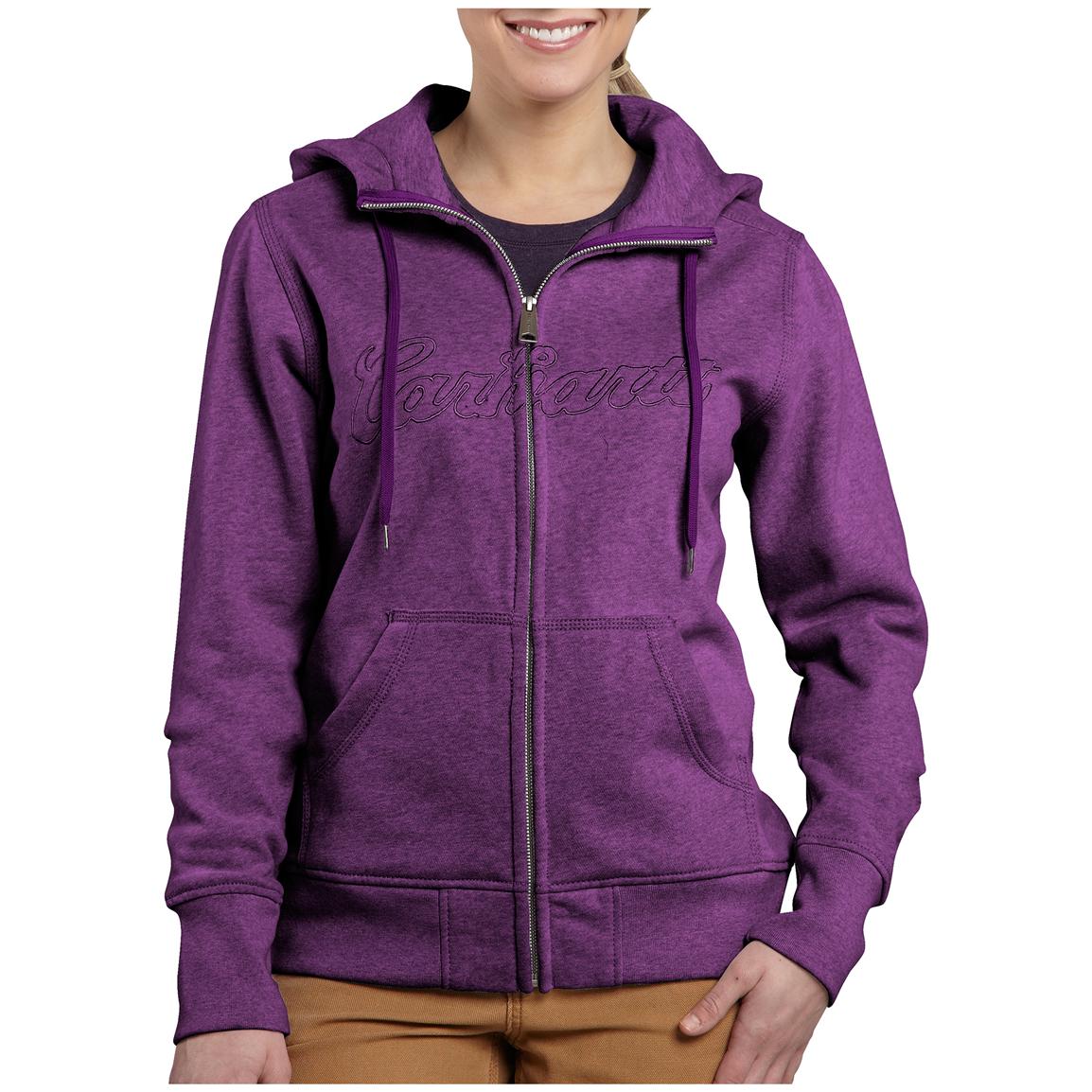Sweatshirts are long-sleeved tops that are made of thick cotton cloth. They are typically worn casually, and are not as dressy as sweater s or cardigans. They may not have the or hood. If you are interested in purchasing a sweatshirt, here are a few tips:
The appeal of Norma Kamali was spread by the use of sweatshirts
Since the late '70s, Norma Kamali has been transforming the simple sweatshirt into an art form. Her designs have become a staple in almost all women's wardrobes. Her distinct designs range from a tummy-tucking crew neckline to leather-paneled sweatshirts. She has also created clothing in unusual shapes, such as tanks with an extended trumpet skirt.
A collaboration of the designers and the sweatshirt maker Everlast gave rise to her Timeless line, which became an instant hit when it was featured in the spring catalog of Spiegel. The collection was made up of convertible and interchangeable knits in classic silhouettes, and many pieces were priced at less than $20. Even if Norma Kamali's Timeless collection wasn't sold in stores, buyers could still find these pieces through eBay as well as Poshmark.
Merino wool sweatshirts provide more comfort than sweatshirts with soft fabrics.
Merino wool is renowned for its moisture-wicking properties that help keep you comfortable and dry. This is a naturally-occurring fiber that also offers a more comfortable feel. The fabric also dries quickly when compared with other natural materials. Additionally, merino is a sustainable resource. Merino sheep shed their coats each year and grow new coats.
The weight-to-heat ratio of merino wool is one of the reasons it's popular for sweatshirts. It aids in controlling the body's temperature because of its loft that naturally retains heat in the fibers. This is the reason Merino wool sweatshirts work great for outdoor and summer activities such as mountain biking, hiking and running. The warmth it provides keeps the wearer well-hydrated and cool, something that is essential for working out.

Zip-front hoodies feature kangaroo pockets.
Kangaroo pocket Hoodies are a well-loved style of hoodie. These hoodies have a large pocket in the front, which helps keep your hands warm on cold days. They're additionally more practical than conventional pockets, since they allow your hands to slide into and out easily.
Kangaroo pockets are usually large enough to hold a wallet or some other small personal items. They are commonly long enough to fit one hand in a smaller size and are large enough to accommodate two hands. They have wide openings on either side , and make them ideal for carrying small items.
French Terry fabric is a very popular material for sweatshirts.
The French Terry fabric is composed of soft yarns that are made into loops, and are typically medium-weight. It is also noted for its ability to wick away moisture and is already pre-shrunk. French terry is a great choice for sweatshirts because it will keep you warm when you require it and helps keep you cool when you need to cool off.
French Terry is also very popular for casual wear, as it is stretchy and has enough flexibility to feel comfortable when you touch your body. It also allows for enough air to circulate throughout the fabric, which makes it perfect for layering under other clothing. In addition, because it's lighter than other sweatshirts that you can wear all year round without feeling hot or cold.
Hoodies are classy and have a connotation of class.
While it could appear that hoodies are an appropriate clothing item for those who are working class, the reality is that they are a symbol of class. Hoodies were first popularized in the early 70s New York, where graffiti artists wore them to hide their identities. In 1976 Hoodies made their main movie debut with "Rocky," when the character from the working class wore gray sweats that were hooded during his memorable climb up the steps of the Philadelphia Museum of Art.
Hoodies are often associated with death, destruction, and other undesirable things, and yet they also serve practical purposes. For instance, monks and priests may wear hoods to show modesty and inward focus.
